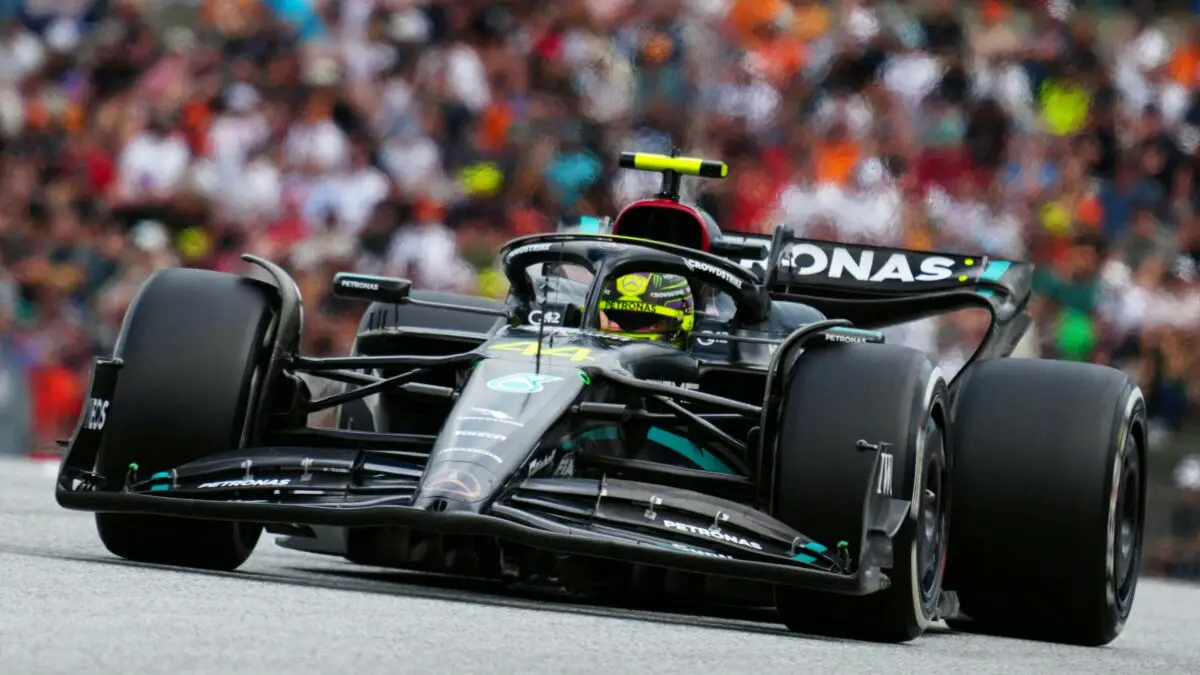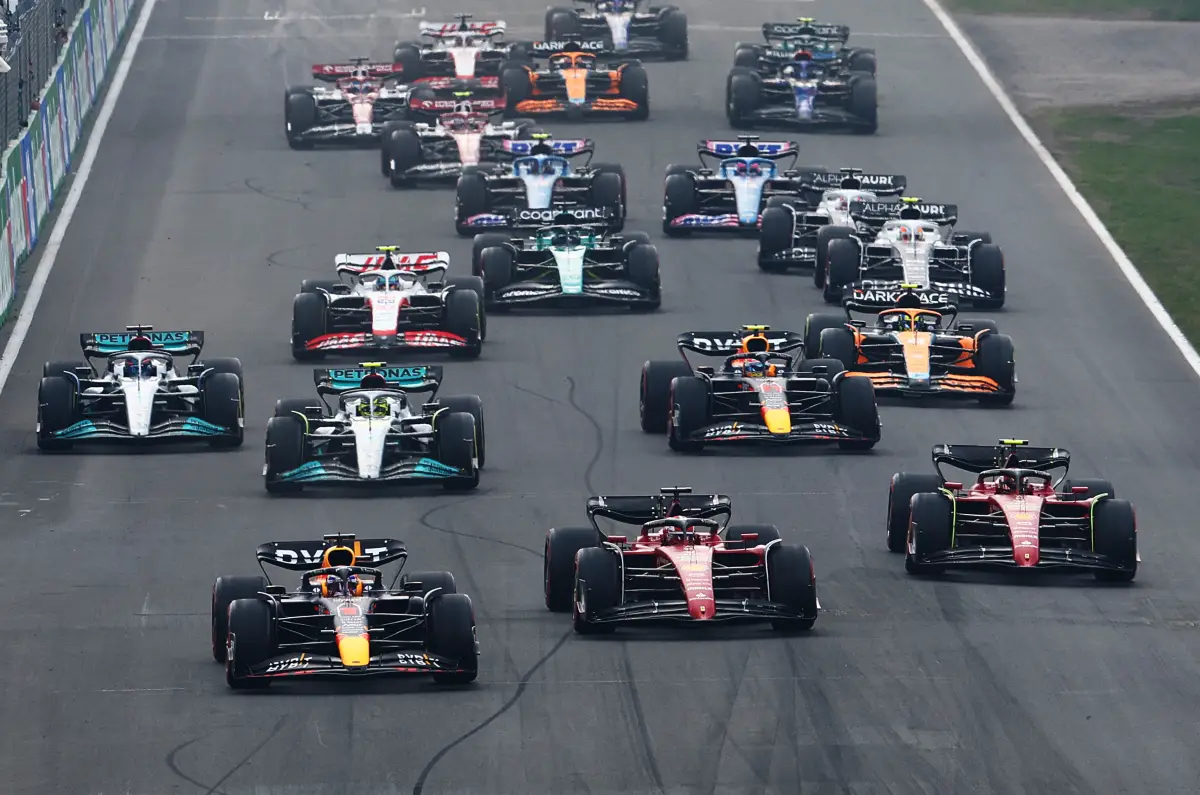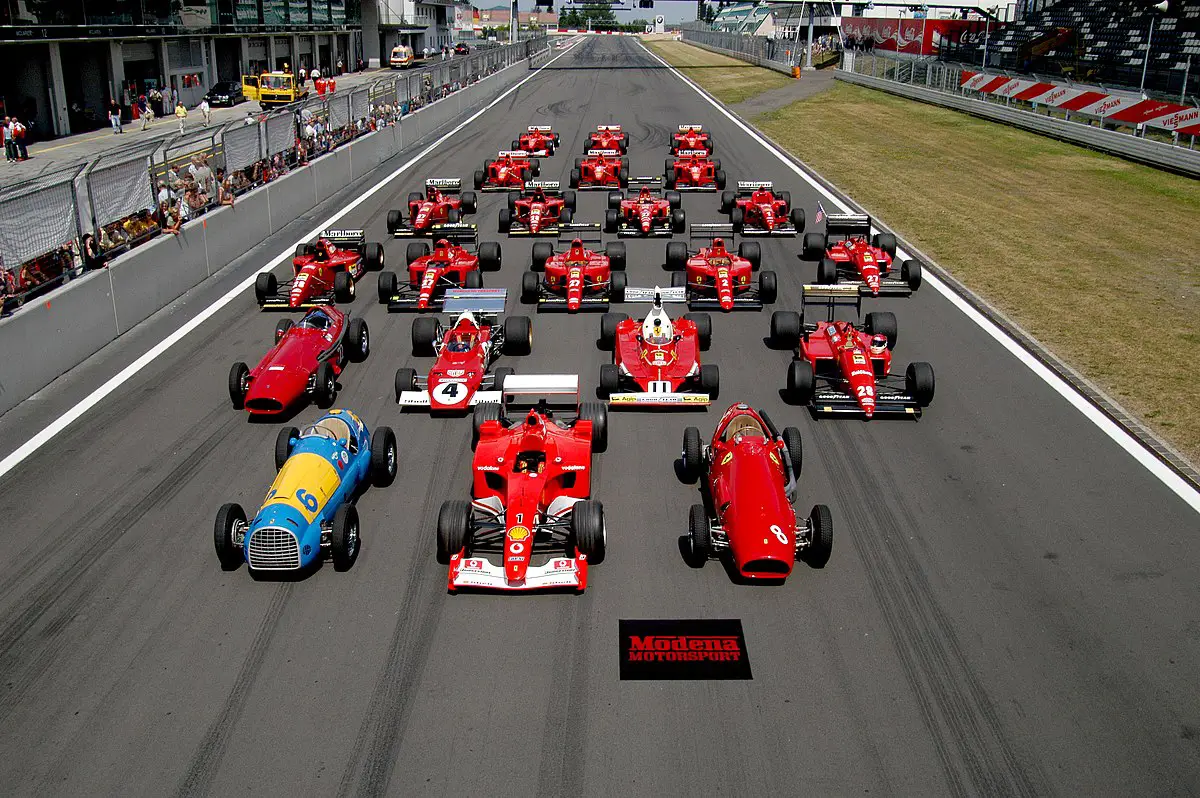Here is everything you should know about what the term interval means in F1
In the fast-paced world of Formula 1 racing, every second counts. As drivers push the limits of speed and precision, fans often hear the term “interval” being used to describe the time gaps between cars during a race. But what does interval mean in F1, and how is it measured? Let’s delve into the intricacies of this essential aspect of motorsport.

Understanding Interval in Formula 1
In Formula 1, the interval refers to the time difference between two cars during a race. It indicates how much faster or slower one car is compared to another at a specific point in the race. For example, if Car A is five seconds ahead of Car B, the interval between them is five seconds.
The interval plays a crucial role in determining the hierarchy of positions during the race and affects the strategies teams employ. For drivers aiming to overtake, a smaller interval indicates that the car ahead is closer, and opportunities to pass may arise. Conversely, a larger interval means the car ahead is pulling away, making it more challenging to catch up.
Measuring the Interval in F1
In modern-day Formula 1, measuring the interval between cars is a highly sophisticated process. It relies on cutting-edge technology and real-time data tracking systems that provide teams and fans with accurate and up-to-date information during the race.

- Transponders: Each Formula 1 car is equipped with a transponder, a small electronic device that emits signals at regular intervals. These signals are picked up by receivers placed around the racetrack. The transponders’ data is then transmitted to the timing and scoring system, allowing for precise lap times and interval calculations.
- Timing System: The timing system in Formula 1 is a complex network of sensors and software that captures the transponder data and calculates intervals between cars. This system records the exact moment each car crosses specific timing lines on the track, such as the start/finish line and intermediate sectors.
- Live Telemetry: Teams use live telemetry to monitor their cars’ performance and gather data in real time. This telemetry includes information about the car’s speed, acceleration, braking, and position on the track. By analyzing this data, teams can make informed decisions and adjust race strategies as needed.
- On-Screen Graphics: For television broadcasts, the interval data is visually presented to viewers through on-screen graphics. These graphics show the time gaps between the top drivers, allowing fans to follow the race’s dynamics and witness thrilling battles on the track.
Interval and Pit Stops
Pit stops are a crucial aspect of Formula 1 racing, and the interval between cars directly influences teams’ pit strategies. When a driver pits for fresh tires and fuel, the time spent in the pit lane affects the interval with other cars on the track.
For example, if a driver pits from the lead, the interval between them and the second-place driver will change as the pit stop is completed. The same applies to other drivers further down the field. Effective pit strategies can gain driver positions or help maintain a competitive position in the race.
Interval and Safety Car Periods
Another factor that affects intervals in Formula 1 is the deployment of the safety car. When a safety car is on the track, all cars are required to reduce their speed significantly to maintain a safe distance. As a result, the intervals between cars get compressed, erasing any time gaps that existed before the safety car period.

When the safety car returns to the pits, the racing resumes, and the intervals between cars revert to their previous values. Safety car periods can create opportunities for drivers to gain positions, especially if they time their pit stops strategically.
In Formula 1, the interval between cars is a fundamental aspect of the sport, reflecting the competitive nature and constant pursuit of speed and precision. Advanced technologies, such as transponders and timing systems, enable accurate measurement of intervals in real-time, providing crucial data for teams and engaging information for fans. Understanding intervals is essential for both drivers and teams to make strategic decisions during the race, making it an integral part of the drama and excitement that defines Formula 1 racing.
More entertainment news:

